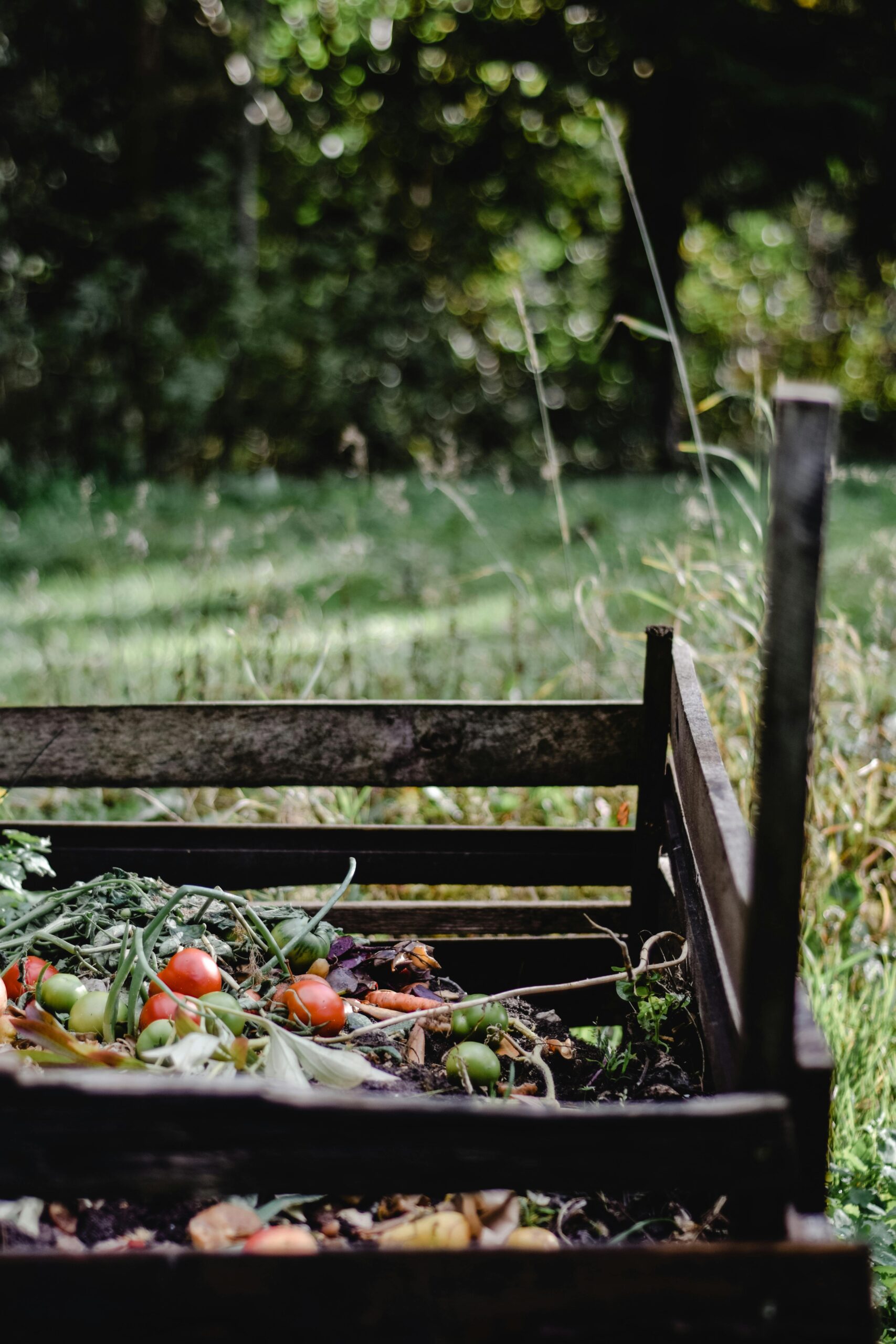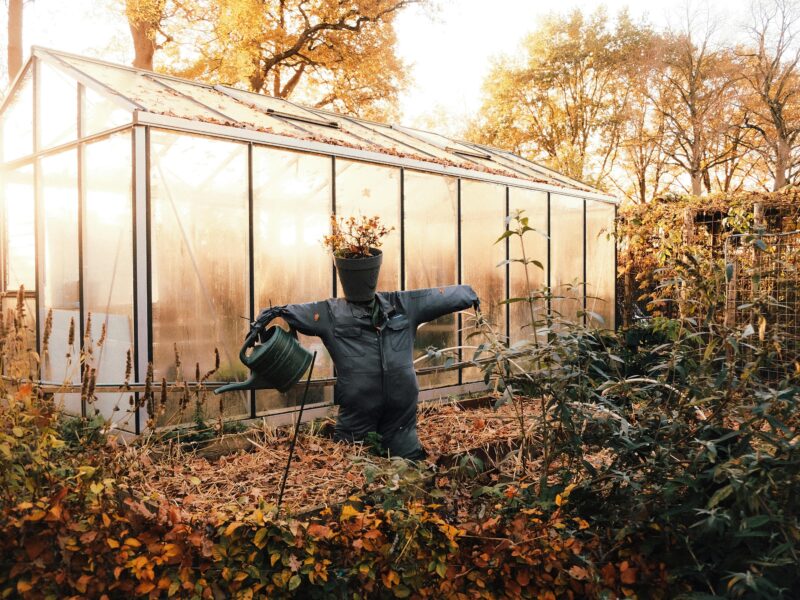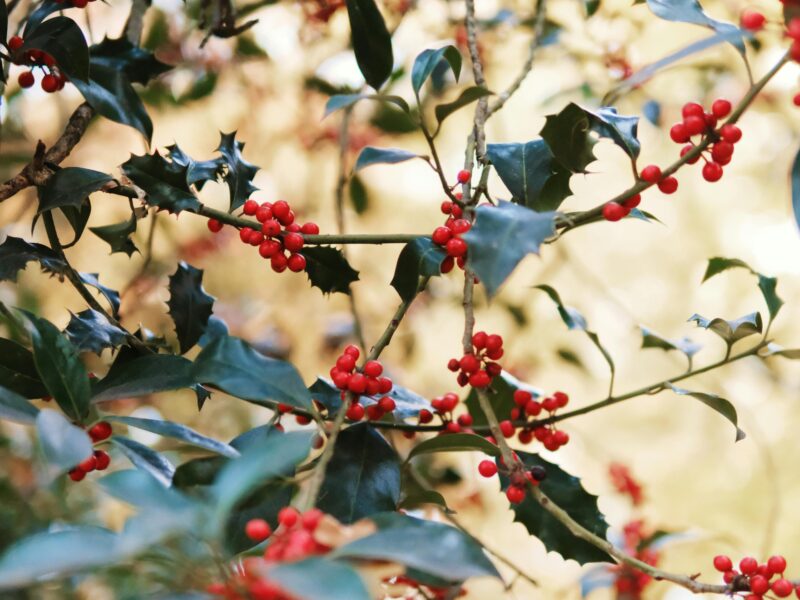Healthy soil is the foundation of every thriving garden, and one of the best ways to enrich it is through composting. Often called “black gold” by gardeners, compost transforms everyday kitchen scraps and yard waste into nutrient-rich material that feeds plants, improves soil structure, and reduces the need for chemical fertilizers. Even better, composting is simple, sustainable, and something every gardener—whether beginner or expert—can do.
Why Compost?
Composting is more than a way to get rid of food scraps. It’s a process of recycling organic material into humus, a dark, crumbly substance packed with nutrients. The benefits are many:
- Soil Enrichment – Compost adds essential nutrients like nitrogen, phosphorus, and potassium.
- Better Soil Structure – It improves aeration in clay soils and water retention in sandy soils.
- Waste Reduction – Up to 30% of household waste can be composted, reducing landfill use and greenhouse gas emissions.
- Healthier Plants – Compost encourages strong root systems, disease resistance, and higher yields.
What to Compost
The key to good compost lies in balancing “greens” (nitrogen-rich materials) and “browns” (carbon-rich materials).
- Greens: Fruit and vegetable scraps, coffee grounds, tea bags, fresh grass clippings, eggshells.
- Browns: Dry leaves, straw, cardboard, paper, wood chips, sawdust (untreated).
Avoid meat, dairy, oily foods, or pet waste, as these can attract pests and create unpleasant odors.
How Composting Works
Composting relies on microbes—bacteria, fungi, and even earthworms—to break down organic matter. As they work, heat is generated, which speeds decomposition and kills off many weed seeds and pathogens. Over time, the pile transforms into dark, crumbly compost ready for the garden.
Steps to Start Composting
- Choose a Spot
Select a well-drained, partially shaded area for your compost bin or pile. Convenience matters—you’ll be more likely to use it if it’s close to the kitchen or garden. - Start Layering
Begin with a layer of browns, then add greens. Alternate layers, keeping a rough balance of 2–3 parts browns to 1 part greens. - Maintain Moisture
The pile should be as damp as a wrung-out sponge. Too dry? Add water or more greens. Too wet? Add more browns. - Turn the Pile
Aerating the pile by turning it every week or two speeds up decomposition and prevents foul odors. A pitchfork or compost aerator works well for this. - Wait and Harvest
Depending on conditions, compost may be ready in 2–6 months. Finished compost is dark, crumbly, and smells earthy.
Common Composting Problems and Fixes
- Bad Odor: Usually from too many greens or too much moisture. Add browns and turn the pile.
- Pile Not Heating Up: The balance may be off, or it’s too dry. Add greens and water, then mix.
- Pests: Avoid adding meat or greasy foods, and cover fresh scraps with browns to deter rodents.
Using Compost in the Garden
Once your compost is ready, there are many ways to use it:
- Mix into garden beds to improve fertility.
- Add to potting soil for container plants.
- Spread as mulch around trees and shrubs.
- Brew compost tea for a liquid fertilizer.
Composting is one of the simplest, most rewarding ways to support a healthy garden while reducing household waste. By turning kitchen scraps into “garden gold,” you close the loop between food production and soil health.
Best of all, composting doesn’t require expensive equipment or complicated techniques. With just a little effort and patience, you’ll create a natural, nutrient-rich amendment that keeps your garden lush, productive, and sustainable year after year.


